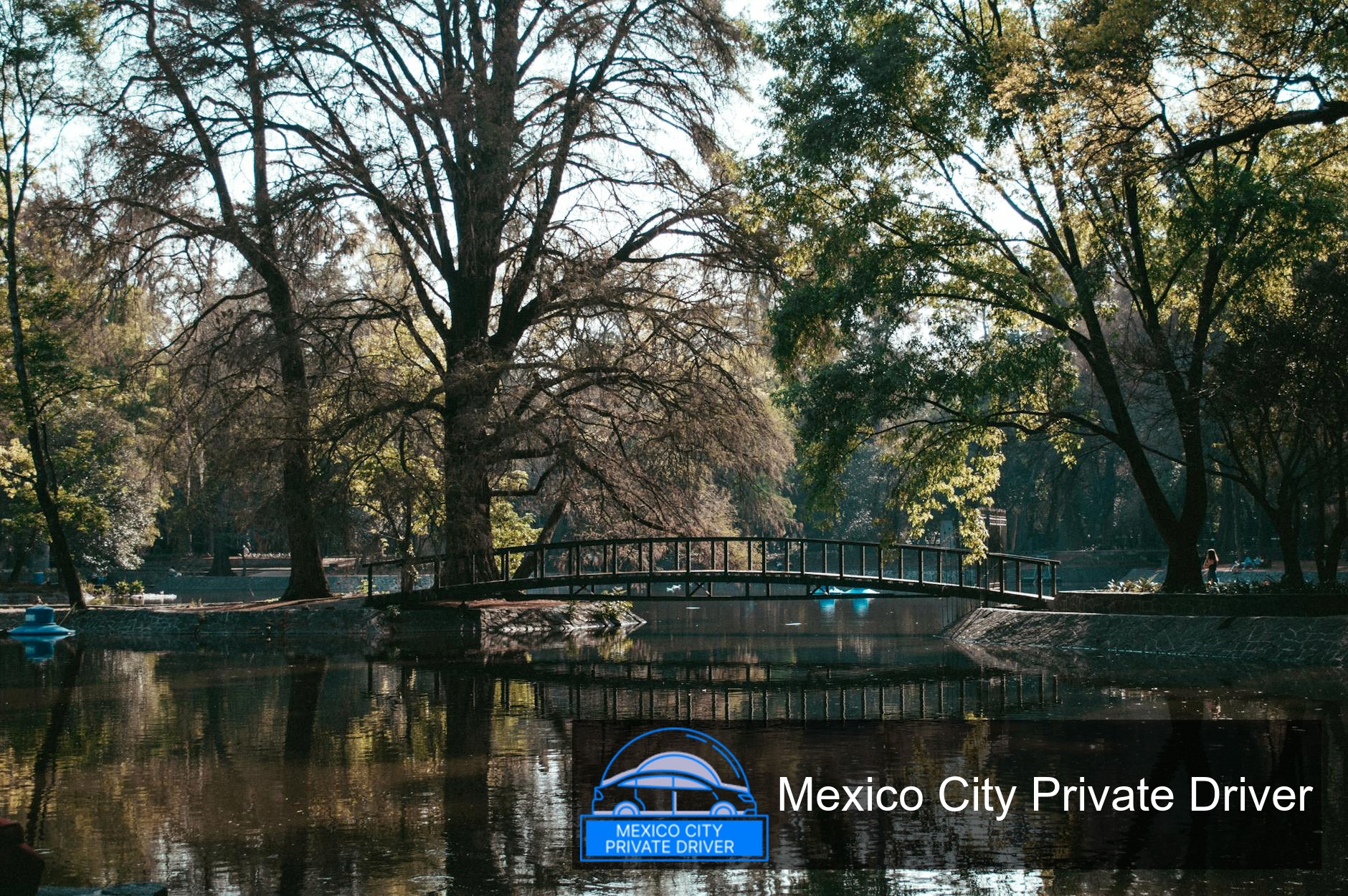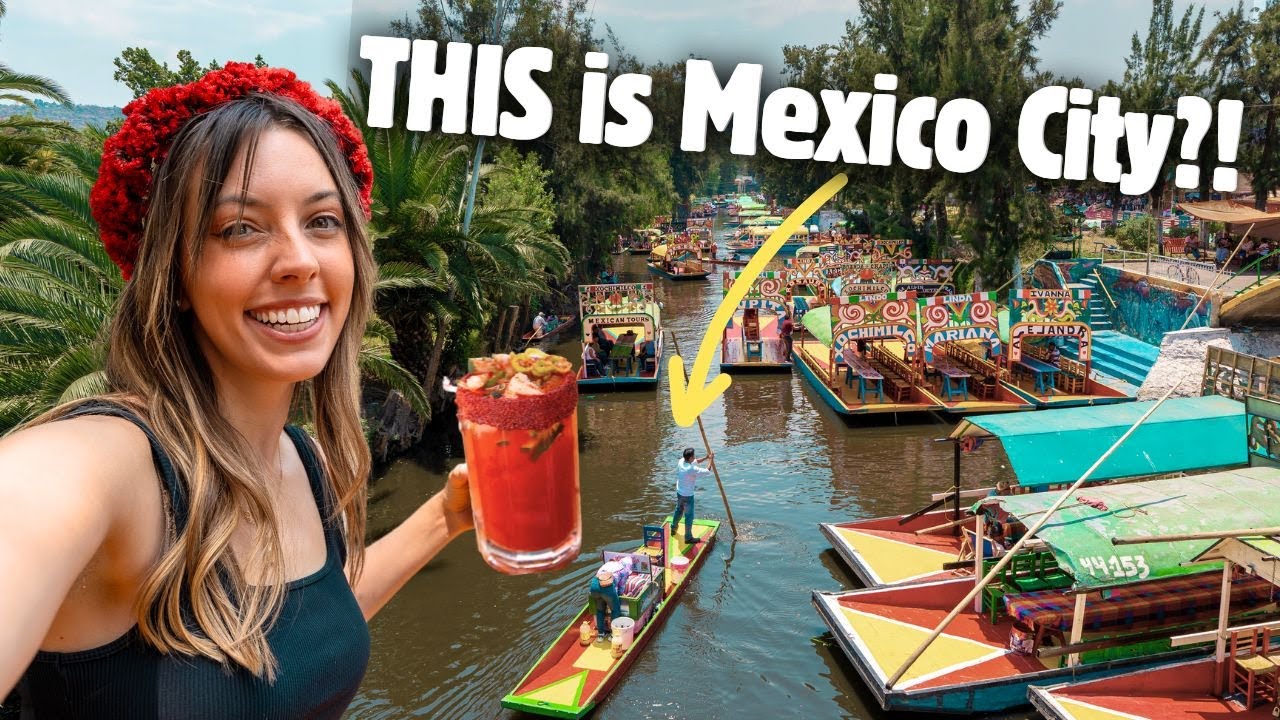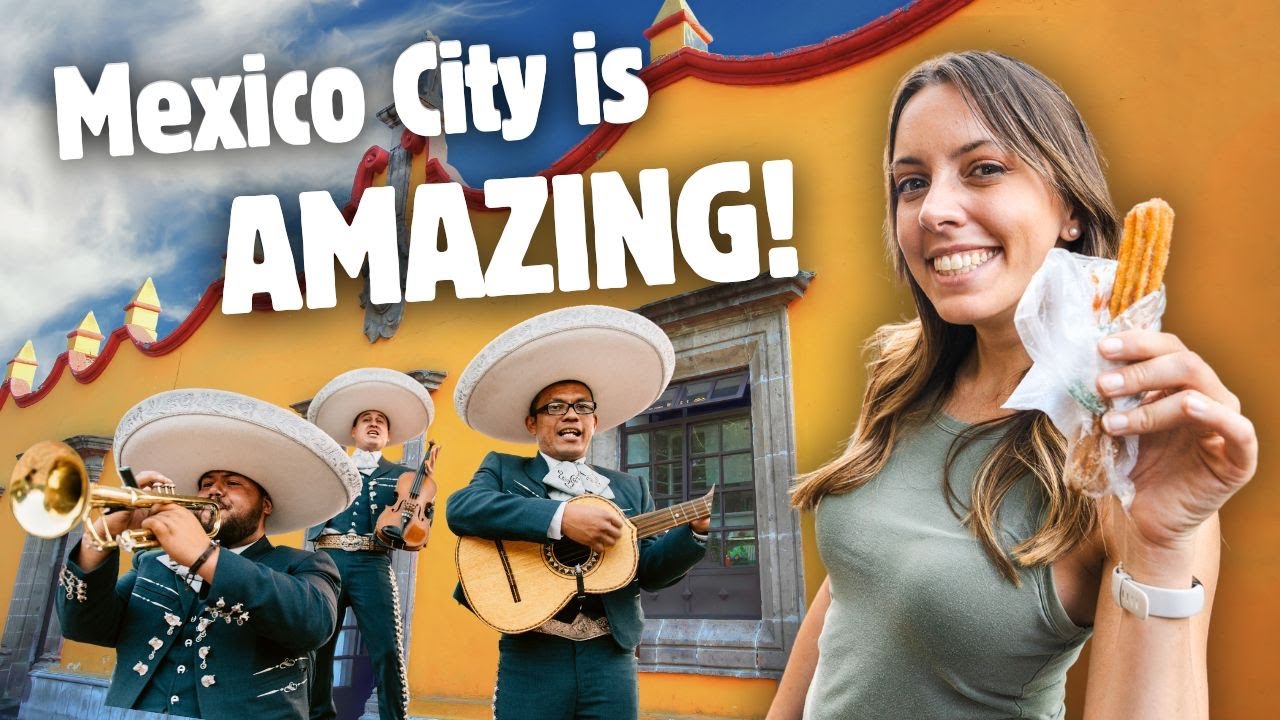TL;DR I’ve explored Bosque de Chapultepec for years and in this guide I’ll take you through its history, how the park is laid out, the must-see attractions for 2025 (Castillo, Museo Nacional de Antropología, Modern and Tamayo, the zoo, lakes and hidden corners), practical step-by-step tips for visiting, and smart itineraries so you get the most out of a half‑day or full‑day. I cite official research and local sources where details matter (history, sections, hours, and access) and flag where sources differ.
Bosque de Chapultepec Mexico City: A Complete Guide to 2025’s Must-See Attractions
I first fell in love with Chapultepec decades ago and keep returning because every visit delivers something new — a temporary exhibition in the Castillo, a quiet path among native trees, or a lively weekend crowd around the artificial lake. Below I combine field-tested tips with the best available research so you can plan a confident visit in 2025.
Why Chapultepec matters (short version)
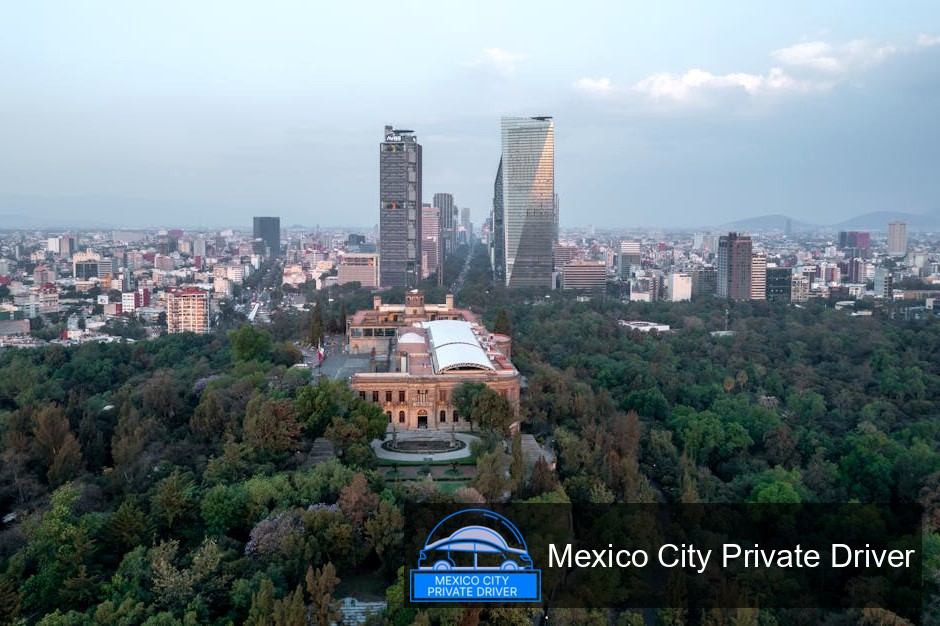
Chapultepec is not just a big park. It’s an archaeological landscape, a colonial hilltop fortress that became a presidential residence, a cluster of world-class museums, and one of Mexico City’s primary ecological “lungs.” Archaeological finds and historical records show human presence here for about 3,000 years, and the site was a sacred and strategic area for pre-Hispanic peoples (INAH). The park’s size, cultural density, and biodiversity make it essential for any Mexico City visit (CDMX government & conservation groups).
Quick layout — how the park is organized
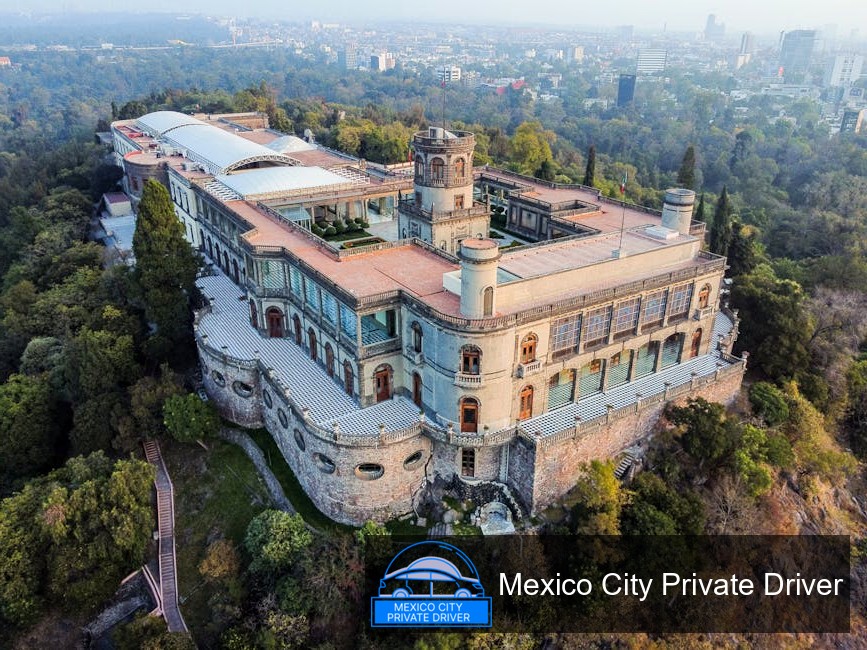
Chapultepec stretches across a huge area in the Miguel Hidalgo (and partly Álvaro Obregón) boroughs. Sources vary on the exact division: some official and conservation documents describe four sections, while many guides and older references refer to three. In practice, think of it as a set of connected neighborhoods: the very busy First Section (museums, castle, lake), the quieter museum-rich Second Section, and the more open Third and Fourth areas that include wooded trails and recreational spaces (CDMX; Wikipedia; ProBosque). For planning, prioritize the First Section unless you have a full day.
Top attractions I recommend in 2025 (what not to miss)
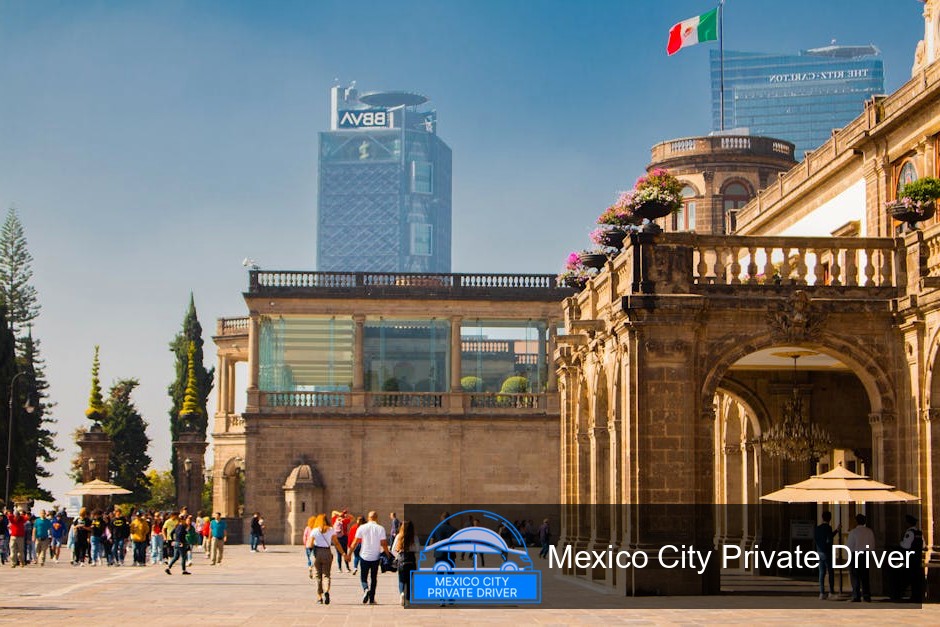
1. Castillo de Chapultepec (National Museum of History)
The Castillo sits on Chapultepec Hill and is part history, part panorama. Inside are rooms, murals, and collections spanning colonial times to the modern republic. I go early to avoid crowds and linger on the terraces for one of the best skyline views of Reforma and the city. Official museum history highlights the hill’s deep pre-Hispanic roots and the castle’s evolution as a military and presidential site (INAH).
2. Museo Nacional de Antropología
This is the crown jewel of Mexico’s museums and requires significant time if you want to absorb major galleries (Aztec Sun Stone, Maya stelae, regional rooms). Allocate at least 2–3 hours. It’s busiest on weekends, so weekday mornings are ideal.
3. Museo Tamayo & Museo de Arte Moderno
These two modern art institutions sit near each other and balance the pre-Columbian focus of the Anthropology museum. Tamayo features contemporary Mexican and international art while the Modern Art museum displays 20th-century Mexican masters. I often pair one of these with a relaxed walk through the sculpture gardens.
4. Chapultepec Zoo
Families love the zoo for its historic role in conservation and for its accessibility. While its collections have changed over time, the zoo is still a fun stop, especially if you’re visiting with kids. I recommend checking species exhibits and feeding schedules online before you go.
5. Lakes, paths and monuments
Chapultepec Lake is a social magnet: paddleboats, weekend music, and broad promenades. Elsewhere you’ll find fountains, statues, and quieter trails. I like early mornings for birdwatching and sunset hours around the lake for people-watching.
6. Hidden gems and rotating exhibitions
From small archaeological remains to temporary installations around the park, Chapultepec regularly hosts exhibitions. Local groups and the park’s conservation charity publish schedules — check them before your visit for events or guided nature walks (ProBosque).
Comparative snapshot: Which attraction fits your visit?
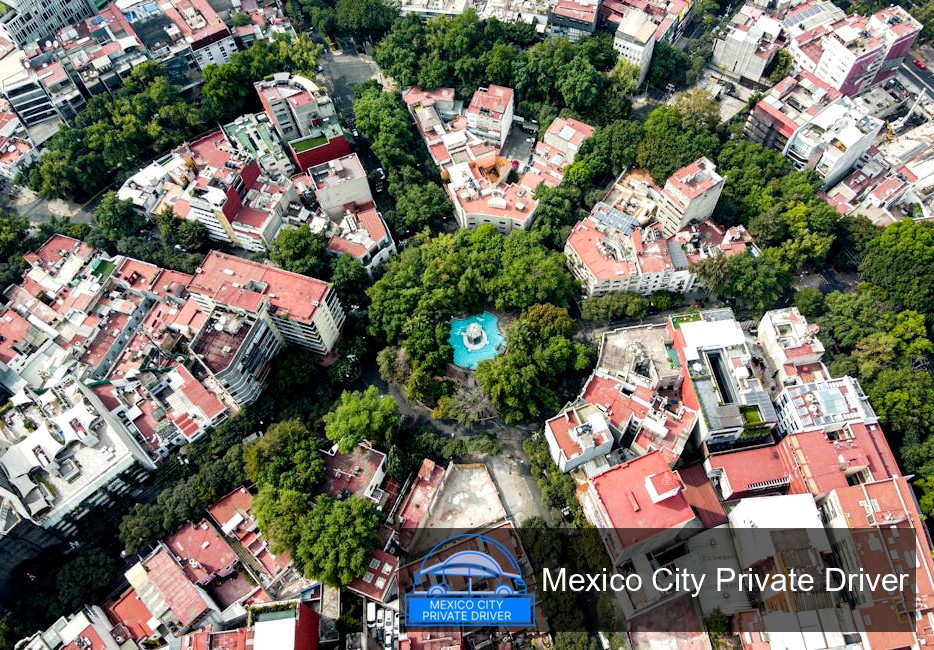
| Attraction | Best for | Estimated time | Ticket notes |
|---|---|---|---|
| Castillo de Chapultepec | History, views, murals | 1.5–2.5 hrs | Timed entry common; check museum site for reservations |
| Museo Nacional de Antropología | Pre‑Columbian art & anthropology | 2–4 hrs | Admission fee; free days vary |
| Museo Tamayo / Arte Moderno | Modern art lovers | 1–2 hrs each | Smaller fees; combined visits possible |
| Chapultepec Zoo | Families, animal displays | 1–2 hrs | Often free or low cost; check for special exhibits |
| Lakes & promenades | Relaxing walks, paddleboats | 30 min–2 hrs | Pay per activity (boats) |
What I bring and how I plan my day (short checklist)
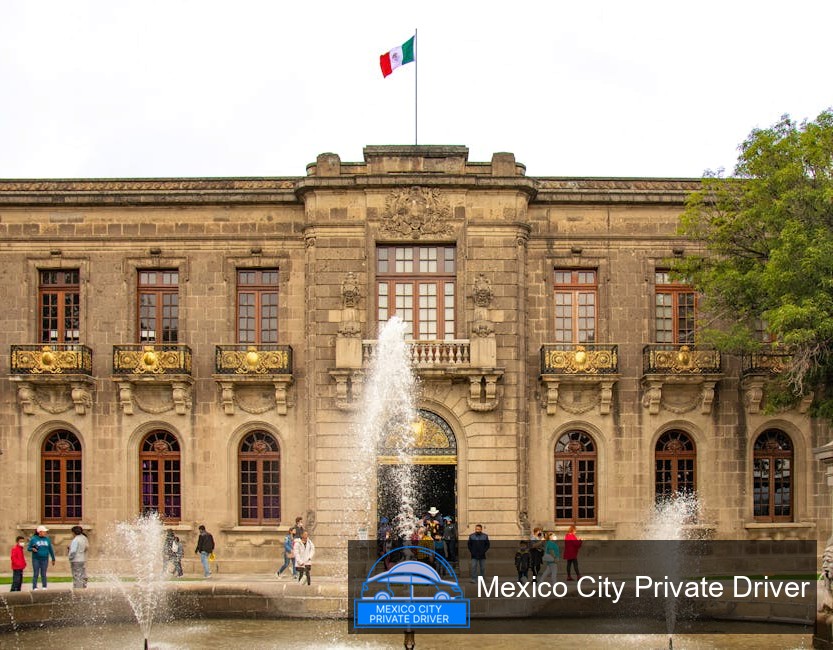
- Comfortable walking shoes and a light rain layer (weather can shift quickly).
- Water bottle (there are refill options but carrying one is faster).
- Sun protection and a hat for terrace views.
- Phone charged + portable battery; museums have good Wi‑Fi but saves photos offline.
- Cash and card — some smaller vendors prefer cash.
- Tickets/reservations printed or saved on your phone for Castillo and major museums.
Practical Guide
Below I give clear, step-by-step advice I use when I visit Chapultepec so you can replicate a smooth day.
Step 1 — Choose your priority list
Decide whether your trip is history, art, nature, or family-focused. If you have 3–4 hours, pick one museum (Anthropology or Castillo) plus a walk by the lake. For a full day, combine Anthropology + Modern/Tamayo + lake/quiet trails.
Step 2 — When to go
Morning (8:30–11:30) is best to beat crowds in the Castillo and Anthropology Museum. Late afternoon (16:00–18:30) is best for soft light on terraces and fewer guided tour groups around the museums.
Step 3 — How to arrive
- Metro: Several stations serve the park (Auditorio, Chapultepec, Hidalgo, among others). Use the station closest to your destination.
- Bus/Metrobus: Good for Avenida Reforma access; check routes that stop near Puerta de los Leones.
- Taxi / ride‑share: Practical if you’re short on time or traveling in the evening.
- Bike: I often rent a bike to cover ground quickly; the park is bike-friendly in many zones.
Step 4 — Tickets & reservations
For 2025, I book Castillo timed‑entry in advance when possible. The Anthropology Museum often allows on‑site tickets but lines form quickly. Tamayo and Modern Art have smaller queues but check for traveling exhibitions that may require reservations.
Step 5 — On-site navigation and safety
- Start at the entrance nearest your top attraction — the park is large and walking between far points can cost time.
- Carry ID and keep valuables secure; like any busy urban park there are pickpockets in crowded areas.
- Follow park signage and the instructions of security staff in museums and at major entrances.
Step 6 — Food, restrooms & rest breaks
There are cafes and kiosks near the major museums and lake. I pack snacks for long museum days. Restrooms are available at museum buildings and many park nodes, but they can be crowded on weekends.
Step 7 — Leave no trace
Chapultepec is an ecological space; dispose of trash in bins and avoid feeding wildlife. Conservation groups manage some trails and programs — consider donating or joining when you visit (ProBosque).
Suggested itineraries I’ve used
Half-day (3–4 hours): Highlights
- Start 09:00 at Museo Nacional de Antropología — 2–3 hours.
- Short coffee near the museum, then a stroll to the lake for photos and a paddleboat ride (if desired).
Full day (7–9 hours): Deep dive
- 08:30 Castillo de Chapultepec (timed entry) — explore rooms and terraces.
- 11:30 Museo Nacional de Antropología — 2–3 hours.
- 15:00 Tamayo or Modern Art museum + sculpture garden.
- 17:30 Late-afternoon walk or bike loop and dinner at a nearby restaurant along Paseo de la Reforma.
Accessibility notes
Major museums (Anthropology, Castillo, Modern Art) provide ramps, elevators, and access options but some historic rooms in the Castillo have uneven floors. Paths are generally walkable but some trails have graded slopes. If mobility is a concern, contact the museums in advance for specifics.
Local context & history (brief but authoritative)
The park’s name comes from Nahuatl — “hill of the grasshopper” — and archaeological evidence shows human activity dating back to the Preclassic period, roughly 2,500 BC to AD 200. The site served as a sacred and strategic place for the Mexica (Aztec) and later became the site for colonial and republican constructions, culminating in the hilltop castle that eventually housed presidents and now hosts Mexico’s National Museum of History (INAH). I mention this because knowing the deep time of Chapultepec enriches a walk through the park — every sculpture and museum sits on centuries of layered stories.
Where to stay nearby
I usually choose neighborhoods near Paseo de la Reforma (Colonia Juárez, Polanco, Condesa) for quick park access. These areas offer a range of hotels, eateries, and easy transport back to the city’s other attractions.
FAQs
Is Chapultepec free to enter?
Walking through the park is free, but many museums and specific attractions (Castillo, Anthropology Museum, special exhibits) charge an admission fee or require timed tickets. The zoo frequently has low-cost or complimentary entry policies depending on programming.
How many sections does Chapultepec have?
Sources differ: some official pages describe four sections while many guides and conservation pages summarize three main sections. Practically, expect multiple zones: a busy First Section with museums and the castle, plus expansive additional sections with museums, trails, and recreational space (CDMX; Wikipedia).
Is Chapultepec safe for tourists?
Yes, the park is generally safe during daytime hours. Standard urban safety precautions apply: avoid isolated paths at night, watch your belongings in crowded spots, and use authorized cabs or ride shares when traveling after dark.
Can I rent a bike or paddleboat on site?
Yes—bike rentals and paddleboats are commonly available near lake areas and on several park paths. I recommend renting early in the day for the best selection and quieter paths.
Are guided tours worth it?
Guided tours are helpful if you want historical depth (Castillo tours) or insider knowledge about art collections. I’ve taken both guided and self-guided visits; guided tours add context you’ll otherwise miss, especially for first-time visitors.
Can I visit Chapultepec with kids? What should I not miss?
Absolutely. The zoo, paddleboats, open lawns, and interactive displays in some museums are child-friendly. Families often combine the zoo with a short museum visit or a lake afternoon.
Do museums have free days?
Some museums offer free or reduced admission on specific days or for certain visitors (students, seniors). Check the individual museum websites before your visit for current policies and free entry schedules.
Final thoughts — what I’d do if I had one day in 2025
If I had only one day in Chapultepec in 2025, I’d book an early Castillo timeslot, walk down to the Anthropology Museum for mid-morning, eat nearby, then take a relaxed afternoon at Tamayo or the lake. This mix captures history, archaeology, art, and the park’s restorative green spaces — the combination that keeps me coming back.
If you want, tell me the length of your trip and your interests (history, art, kids, nature) and I’ll draft a tailored itinerary with exact timing based on 2025 opening hours and reservation tips.
Sources: Historical and museum details from INAH (Museo Nacional de Historia – Castillo de Chapultepec), official CDMX Chapultepec guide, ProBosque/Chapultepec conservation materials, and consolidated guide resources including local travel guides and museum sites.
Martin Weidemann is a digital transformation expert and entrepreneur with over 20 years of experience leading fintech and innovation projects. As a LinkedIn Top Voice in Digital Transformation and contributor to outlets like Forbes, he now brings that same expertise to travel and mobility in Mexico City through Mexico-City-Private-Driver.com. His focus: trustworthy service, local insights, and peace of mind for travelers.

